Echinodorus “Red Flame”
Scientific name: Echinodorus “Red Flame”
Family: Alismataceae
Maximum size reached under cultivation: 10 - 30 cm (3.94 - 11.81 inch)
014
Recommended pH range: 6.2 - 7.6
Recommended water hardness: 0 - 30°dGH (0 - 535.71ppm)
0°C 32°F30°C 86°F
Recommended temperature range: 21 - 29 °C (69.8 - 84.2°F)
Preferred propagation method: Runners
Native to: Cultivated form / Hybrid
Growth rate: Normal
Recommended substrate: Gravel
Lighting requirements: Bright
Ideal placement in tank: Midground
🌿 Family
Alismataceae
🏷️ Common Name
Red Flame Sword
🌍 Origin
Echinodorus “Red Flame” is a cultivated hybrid, likely developed by crossing Echinodorus “Ozelot” with other red-leaved sword plant species. It does not occur naturally in the wild.
📍 Planting Area
Best suited for the middle ground of the aquarium. In smaller tanks, it may also serve as a background accent due to its broad leaves and rich coloration.
💡 Lighting Requirements
This plant requires moderate to bright lighting to bring out the vivid red and maroon tones on its foliage. In low light, leaves may revert to greener hues and lose their distinctive spots.
🌱 Propagation
Echinodorus “Red Flame” reproduces through adventitious plantlets that form along flower stalks. These baby plants can be gently separated and replanted once they develop roots. Consistent nutrition and strong lighting help encourage the formation of new plantlets.
⚙️ Difficulty
Easy to Medium; this plant is hardy and forgiving but shows its best colors when nutrient-rich substrate and strong lighting are provided. Supplementing with iron often improves red pigmentation.
📝 Short Description
Echinodorus “Red Flame” is a striking hybrid sword plant known for its deep red leaves covered with dark red to brownish spots. As the plant matures, older leaves may turn more green, creating a visually interesting contrast. It is an excellent choice for aquascapes needing a splash of color without adding excessive maintenance. While undemanding overall, it thrives best with stable water parameters, added root tabs or nutrient-rich gravel, and occasional pruning of older or fading leaves.
❓ Frequently Asked Questions (FAQ)
- Can Echinodorus “Red Flame” be grown emersed?
Yes, it can adapt to emersed growth in humid environments like paludariums, but for vivid red coloration and best form, submersed growth in aquariums is preferred. - How do I maintain its red coloration?
Use bright lighting (around 0.5–1 W per liter), iron-rich fertilizers, and ensure CO₂ levels and water quality are stable. - Does it need CO₂ injection?
CO₂ is not required but beneficial—plants grow fuller and coloration improves significantly with additional CO₂. - How fast does it grow?
Growth is moderate under ideal conditions. Regular trimming of faded leaves will help maintain plant health and aesthetics. - Can it be kept with goldfish or herbivorous fish?
Not recommended. Herbivores like goldfish may nibble on the leaves or uproot the plant due to its softer foliage.

 Echinodorus “Ozelot”
Echinodorus “Ozelot”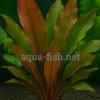 Echinodorus “Red Special”
Echinodorus “Red Special”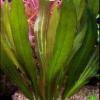 Echinodorus “Rubin”
Echinodorus “Rubin”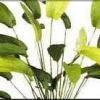 Echinodorus “Tricolour”
Echinodorus “Tricolour” Echinodorus amazonicus
Echinodorus amazonicus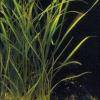 Echinodorus angustifolius
Echinodorus angustifolius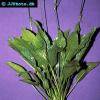 Echinodorus bleheri
Echinodorus bleheri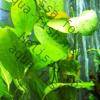 Echinodorus cordifolius
Echinodorus cordifolius Echinodorus grandiflorus
Echinodorus grandiflorus Echinodorus horemanii
Echinodorus horemanii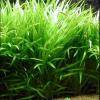 Echinodorus latifolius
Echinodorus latifolius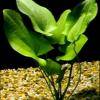 Echinodorus macrophyllus
Echinodorus macrophyllus Echinodorus major
Echinodorus major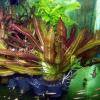 Echinodorus osiris
Echinodorus osiris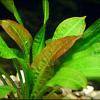 Echinodorus parviflorus
Echinodorus parviflorus Echinodorus quadricostatus
Echinodorus quadricostatus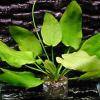 Echinodorus schlueteri
Echinodorus schlueteri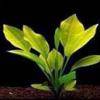 Echinodorus subalatus
Echinodorus subalatus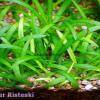 Echinodorus tenellus
Echinodorus tenellus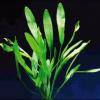 Echinodorus uruguayensis
Echinodorus uruguayensis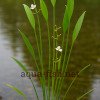 Sagittaria graminea
Sagittaria graminea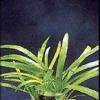 Sagittaria platyphylla
Sagittaria platyphylla Sagittaria subulata
Sagittaria subulata